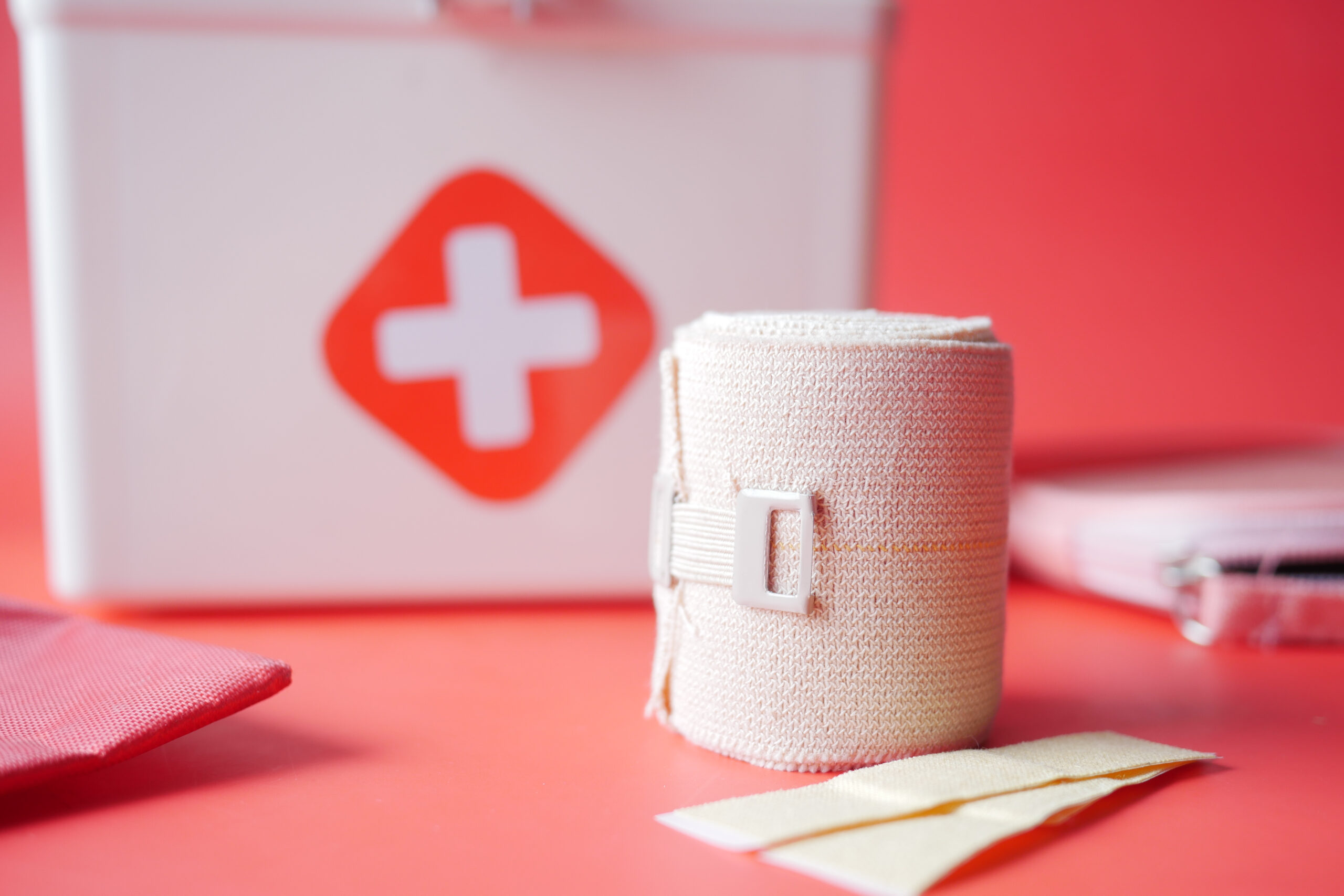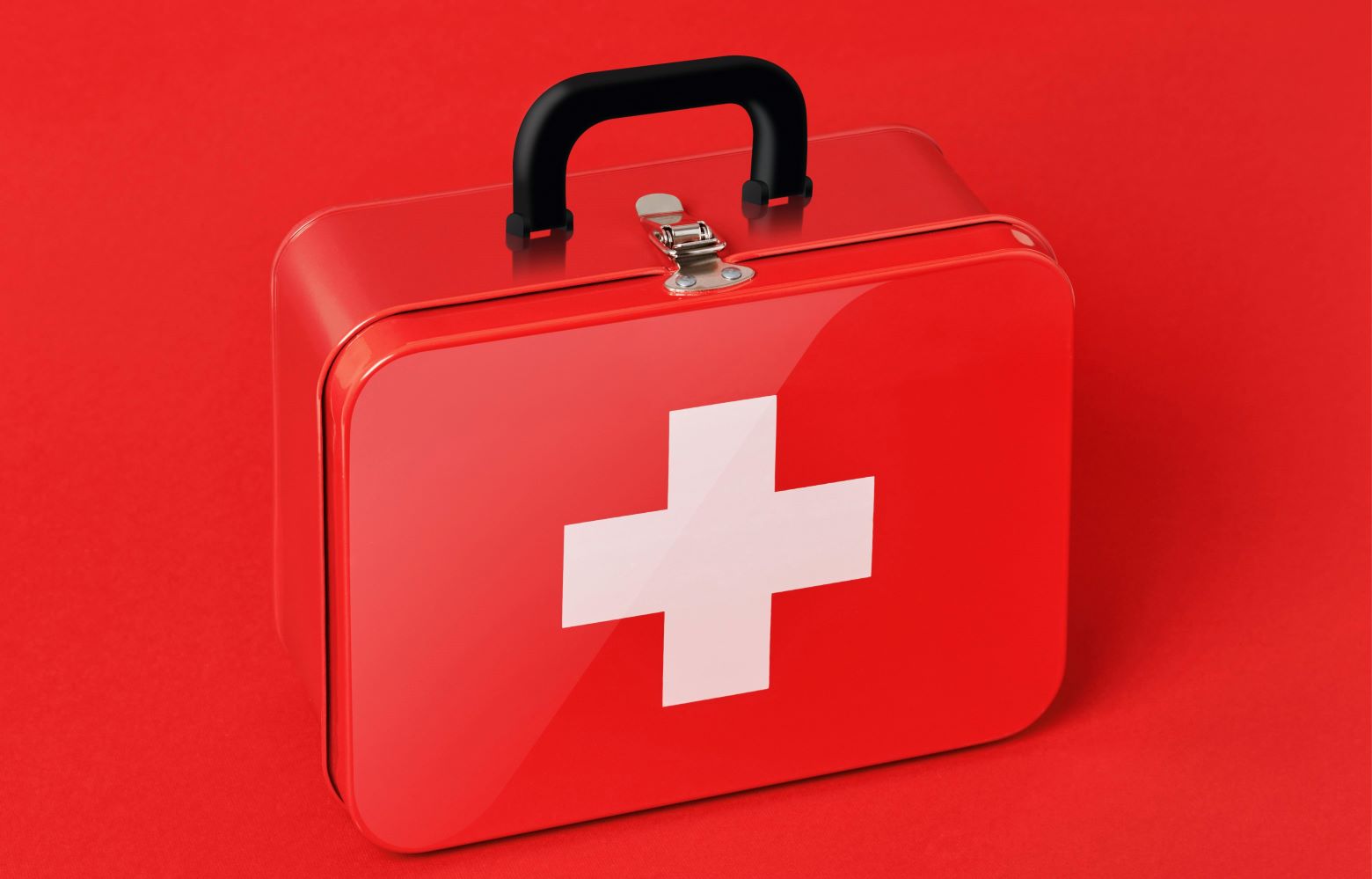Introduction
Every parent's nightmare is the idea of their newborn dealing with an essential emergency. Recognizing cardiopulmonary resuscitation (CPR) methods particularly tailored for newborns can be the difference in between life and fatality in such circumstances. Yet, several moms and dads are uninformed of the distinct methods associated with performing CPR on babies. This detailed overview aims to furnish every parent with necessary understanding and abilities regarding CPR on newborns, diving right into unique strategies that can save lives.
CPR on Babies: One-of-a-kind Techniques Every Parent Ought To Know
Cardiopulmonary resuscitation (CPR) is a lifesaving strategy utilized in emergencies when someone's breathing or heart beat has stopped. While most individuals know with adult CPR, the methods vary dramatically when it concerns infants. The delicate nature of a newborn requires specific methods that vary from those used on older children and adults.
Understanding Infant Anatomy and Physiology
Before diving into CPR strategies, it's important to comprehend the makeup and physiology of a newborn. Infants have smaller lungs, vulnerable ribs, and a different circulatory system than adults. Recognizing these distinctions can help parents perform CPR more effectively.
The Value of Airway Management
Newborns' air passages are smaller sized and extra prone to obstruction; therefore, airway monitoring is crucial throughout an emergency situation. Parents should learn exactly how to effectively clear an air passage to ensure effective breathing restoration.
Recognizing When to Execute CPR
One of the initial steps in any type of emergency is acknowledging when CPR is necessary:
- Unresponsiveness: If your baby isn't responding or moving. No Breathing: If your infant isn't breathing generally or at all. Abnormal Skin Color: A blue color around lips or face indicates absence of oxygen.
Initial Assessment: The DRSABCD Approach
The DRSABCD technique is crucial for evaluating any kind of emergency scenario:

The Steps to Execute Baby CPR
Performing CPR on a newborn varies substantially from adults as a result of their dimension and frailty:
1. Positioning
Lay the baby on their back on a company surface.
2. Opening Airway
Gently turn the head back somewhat to open up the airway while making certain not to overextend it.
3. Check Breathing
Look for breast motions and listen for breath seems for about 10 seconds.
4. Chest Compressions
Using two fingers put just below the nipple area line, push down about 1/3 depth of their chest (concerning 1-1.5 inches) at a rate of 100-120 compressions per minute.
5. Rescue Breaths
After every 30 compressions, give two gentle rescue breaths:
- Seal your lips around their mouth and nose, Deliver each breath over one secondly while observing for chest rise, Repeat till you see signs of life or aid arrives.
Common Blunders During Baby CPR
Even well-intentioned initiatives might fail as a result of usual mistakes:
- Applying way too much pressure throughout compressions can cause injury. Failing to make certain proper head tilt may block airflow. Not calling for aid early sufficient can postpone vital care.
Mental Preparation for Emergencies
It's all-natural to really feel panic in emergencies; however, psychological preparation plays a critical function in efficiently carrying out first aid procedures:

- Remain calm; worrying hinders clear thinking. Practice mindfulness methods prior to getting in parenthood.
FAQs Concerning CPR on Newborns
What should I do if my newborn stops breathing?
If your newborn stops breathing, swiftly examine their responsiveness, telephone call for assistance, inspect their airway, and start CPR as in-depth above.
How often needs to I take first aid courses?
It's suggested that parents rejuvenate their expertise every two years by taking first aid programs or particular infant CPR training sessions.
Can I use an AED on an infant?
Generally talking, AEDs are not advised for babies under one years of age unless especially developed for such usage; always comply with maker's instructions.

Where can I find first aid training courses near me?
You can search online making use of terms like "first aid program near me" or examine neighborhood medical facilities or recreation center that typically use these courses regularly.
How long does a first aid certification last?
Typically, a lot of first aid certifications stay valid for three years before calling for renewal with correspondence course that include upgraded practices like DRSABCD protocols.
Is it necessary to find out psychological wellness first aid as well?
Absolutely! Psychological health first aid gears up parents with abilities necessary not only in physical emergency situations but also in identifying psychological distress among children and adolescents.
Conclusion
Understanding "CPR on Newborns: Unique Methods Every Moms And Dad Must Know" isn't just concerning getting technical skills; it has to do with encouraging on your own as a caretaker all set to face unforeseen obstacles cpr certification course near me head-on. Whether through committed training programs like those provided by various companies or exercising hands-on methods with family members during workshops-- every initiative counts in the direction of constructing confidence in your ability to react properly throughout emergencies involving your priceless newborns.
Incorporating this knowledge into your parenting toolkit could mean conserving lives when it matters most. So why wait? Register today for courses such as "first aid program," "cpr training," or specialized "baby first aid course" options offered close by-- you never know when you may require them!